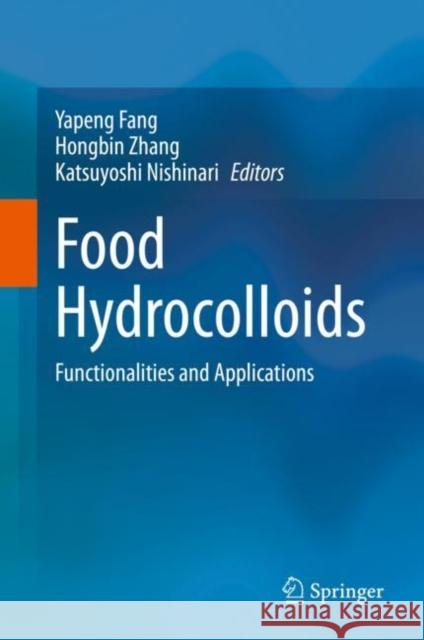Food Hydrocolloids: Functionalities and Applications » książka
topmenu
Food Hydrocolloids: Functionalities and Applications
ISBN-13: 9789811603198 / Angielski / Twarda / 2021 / 524 str.
Food Hydrocolloids: Functionalities and Applications
ISBN-13: 9789811603198 / Angielski / Twarda / 2021 / 524 str.
cena 605,23
(netto: 576,41 VAT: 5%)
Najniższa cena z 30 dni: 578,30
(netto: 576,41 VAT: 5%)
Najniższa cena z 30 dni: 578,30
Termin realizacji zamówienia:
ok. 22 dni roboczych
Dostawa w 2026 r.
ok. 22 dni roboczych
Dostawa w 2026 r.
Darmowa dostawa!
Kategorie:
Kategorie BISAC:
Wydawca:
Springer
Język:
Angielski
ISBN-13:
9789811603198
Rok wydania:
2021
Wydanie:
2021
Ilość stron:
524
Waga:
1.03 kg
Wymiary:
23.88 x 19.81 x 3.05
Oprawa:
Twarda
Wolumenów:
01











